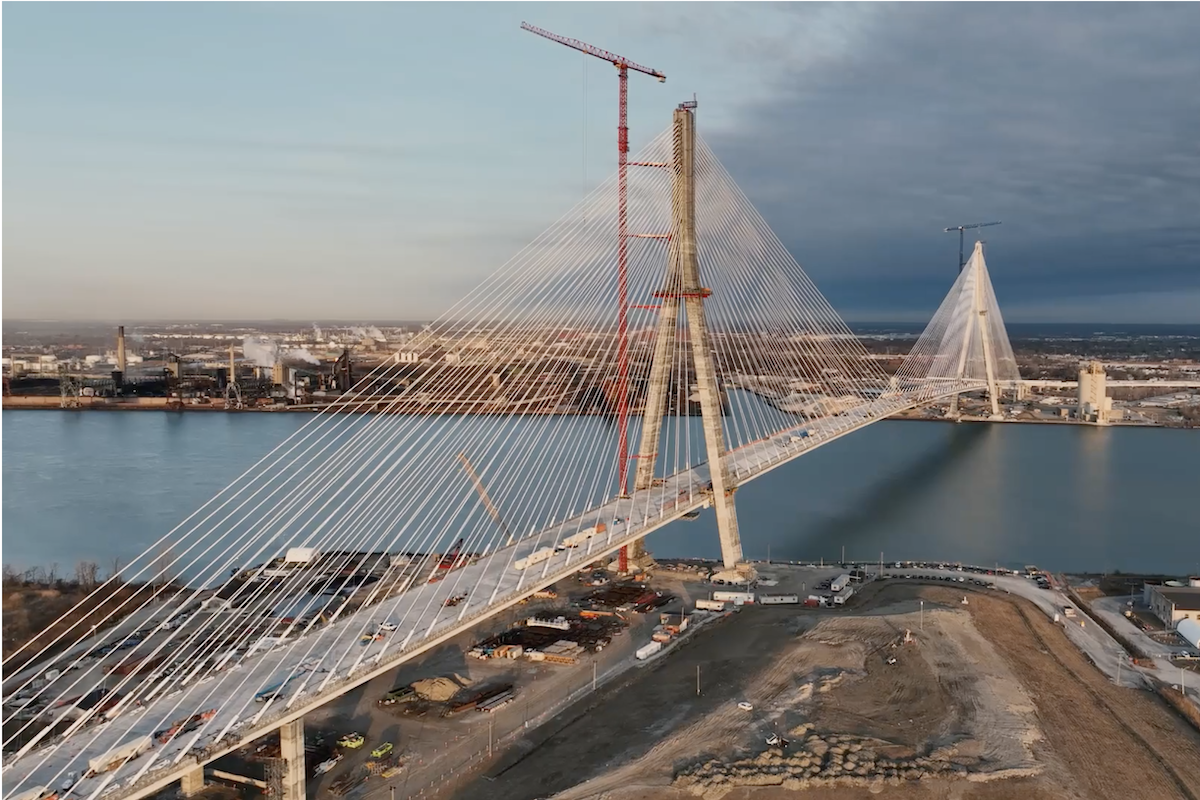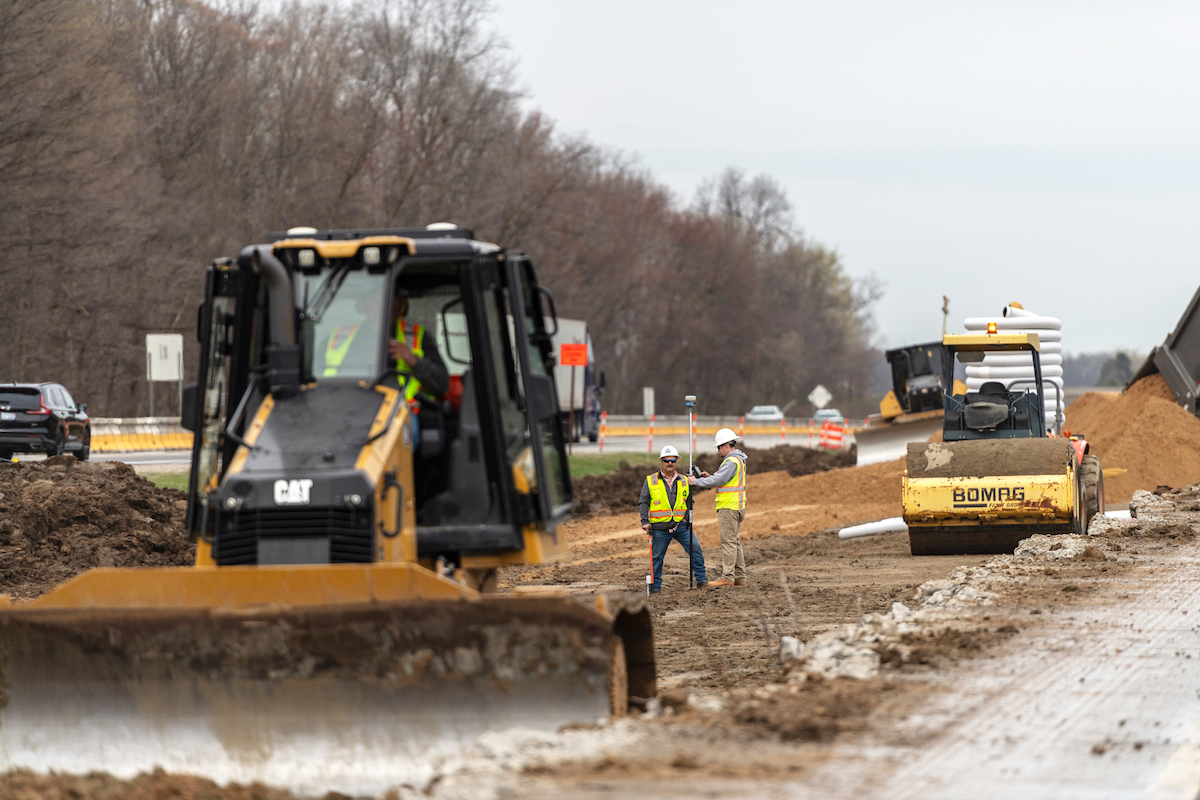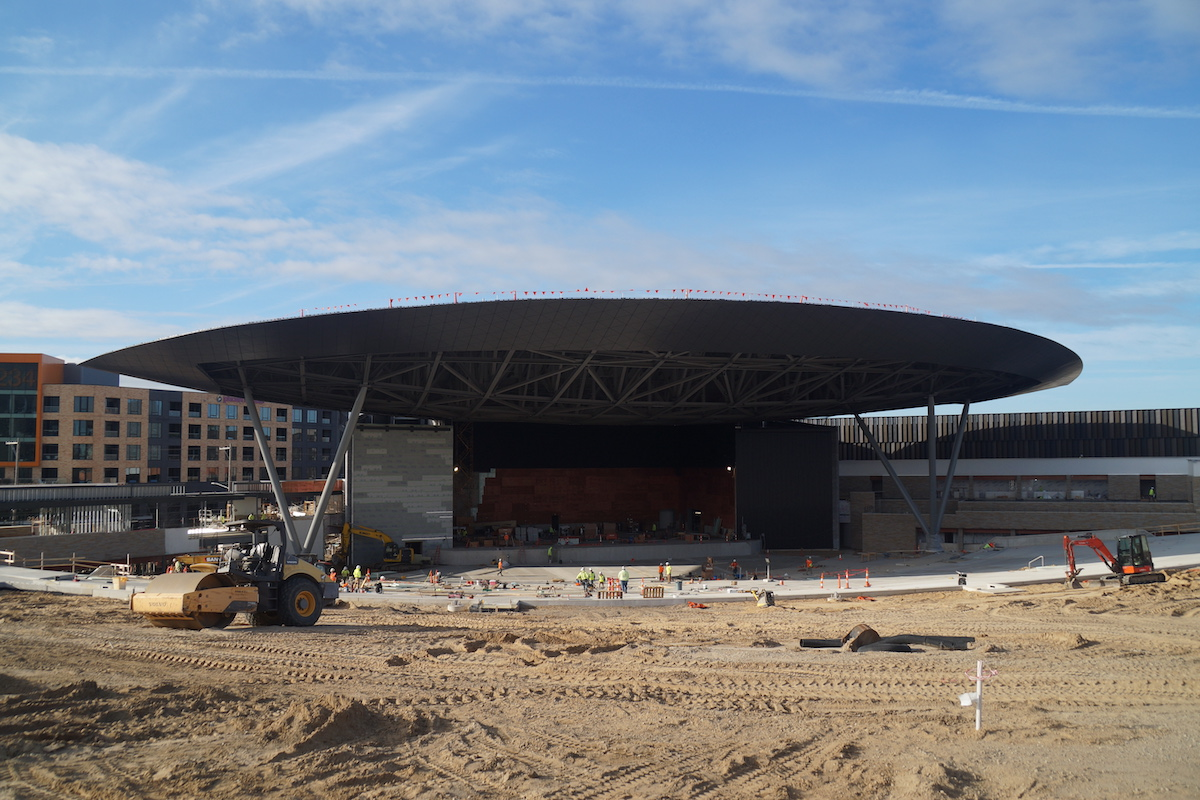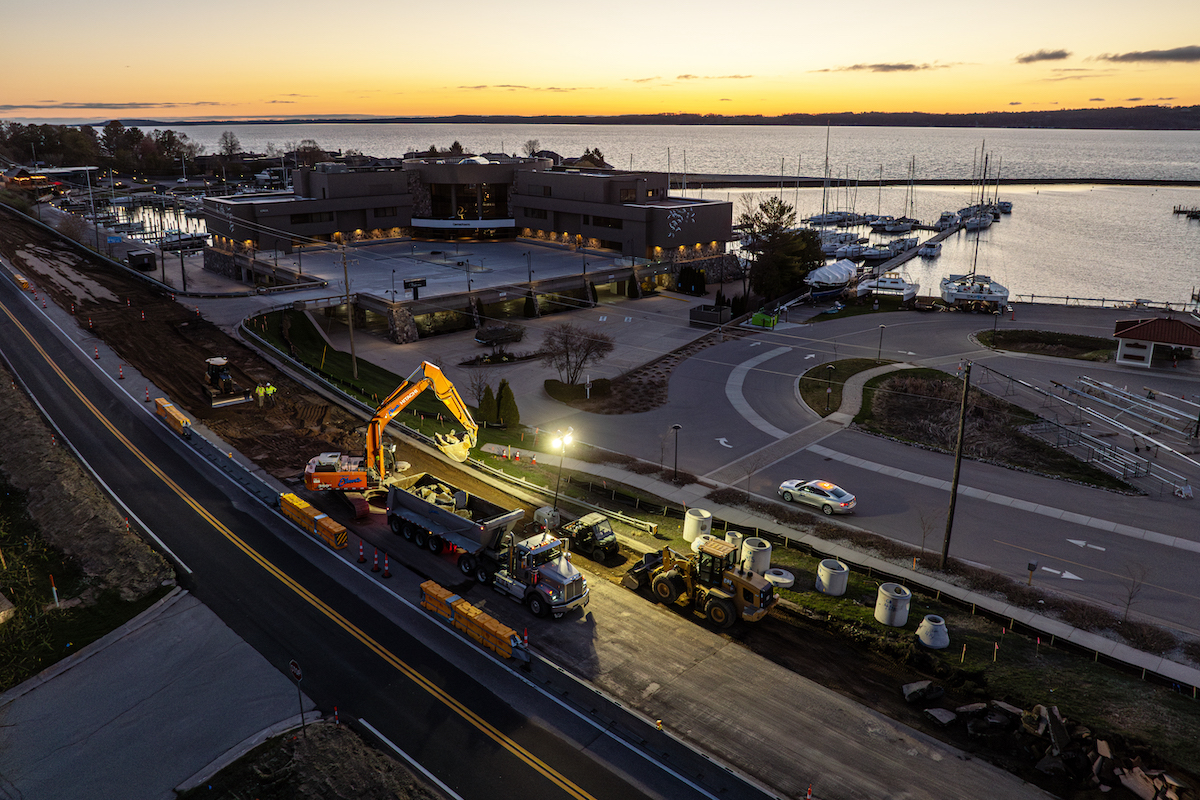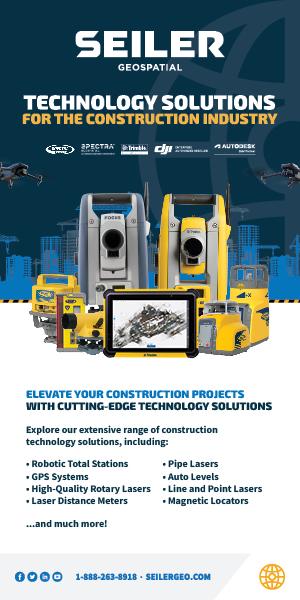Telematics has been around for quite a while, however, it continues to evolve. Below are insights from Jonathan Shapiro, Senior Manager of Business Development for JLG ClearSky telematics solutions, on how telematics today are used in lift equipment, including mobile elevating work platforms (MEWPs) and telehandlers, on job sites.
Although telematics have been around for more than 20 years, the recent rise in adoption can be attributed to two main drivers:
First, the cost of telematics technology has decreased significantly over the past few years, including the hardware necessary on the machines, the software needed to gather and analyze the data and the portals or applications used to access the information anywhere, any time – even on remote job sites.
Second, OEMs are now supplying telematics devices factory-installed and form-fitted to the exact machine on new production models. This offers a huge convenience to equipment owners and fleet managers who in the past have had to evaluate, choose, and install their own telematics solutions or hire someone after the sale to do so. Now on new units with factory installed telematics, one just needs to connect the asset, the access the data via a mobile device or computer.

| Your local Trimble Construction Division dealer |
|---|
| SITECH Michigan |
Another advantage of OEMs taking the lead in telematics solutions for lift equipment is that with this “real-time” machine data, they can more quickly and easily help their customers solve issues or offer remote diagnostics. With this valuable machine data, many OEMs are now viewing telematics hardware and data as a tool to be used by both heavy equipment owners as well as the OEM.
With access to this kind of machine data, one way telematics can help aerial equipment fleet managers by more accurately managing their machines’ service needs. For example, appropriately timing regular and preventive maintenance of each machine in the fleet, in particular, is a challenge that fleet managers face every day. Equipment usage on job sites often lasts weeks or months. That equipment must be maintained while out in the field to ensure it operates as expected and without interruption to avoid unexpected downtime, lost productivity, and the related cost implications.
Telematics technology can also give visibility into the aerial equipment’s location on the job site, asset utilization metrics, including engine hours, as well as its operating condition, through fault and diagnostic codes – any time of the day or night
As machines get “smarter,” they offer even more data to equipment owners and fleet managers that improve insights not only into machine health but also into operator productivity. For example, today’s telematics has evolved so much that it is now being used to help equipment owners/fleet managers understand “how” machines are being used by operators to perform day-to-day tasks.
And, because safety is the number one priority on job sites, using telematics to know how the machine is being operated and who is using it means the system can act as another set of “eyes” onsite. This is extremely valuable when used in an effort to promote safety on the job. The more safety related data that machines provide through telematics, the more knowledgeable equipment owners/fleet managers are in terms of understanding the types of training or retraining their crews may need to reduce safety incidents.

| Your local Deere & Co dealer |
|---|
| AIS Construction Equipment |
Telematics also offers a lot of insight into equipment usage and utilization. Understanding not only how the machine is being used, but also how often it’s being used, and for what types of applications and tasks, can feed into a company’s bigger picture where it can contribute to long-range business strategies and fleet planning. Those strategies might include growing a customer base, offering better machine familiarization at the start of each rental, limiting the geographical radius in which machines may be used and decreasing the number of job site service calls, to name a few.
What’s the difference? The scope of telematics, primarily focused on the remote monitoring of an asset, is actually quite narrow when compared to what IoT can bring to the table, as the internet connects devices and allows them to communicate to each other. Look at the evolution from a flip phone to a smartphone. That's really the evolution of telematics to IoT.
For lift equipment, it becomes less about a single wireless device on a machine. Today’s machines are able to provide critical data on usage, safety, weight, and so on, and the telematics device is the conduit for this data – not only to get the right data, but also to integrate it into useful reports and utilize it consistently to help make critical fleet management decisions.
IoT technology is much more advanced than most realize, and it can have a significant impact on productivity across the entire construction project. Not just equipment performance.
For example, it can be a catalyst for keeping workers busy and meeting deadlines. Security features that establish geofences, or invisible lines drawn by GPS coordinates, can be set up to keep equipment from being operated outside approved areas of the job site. This technology improves efficiency on job sites, by eliminating “lost” machines. It can also provide fleet managers with the ability to control the aerial equipment’s on and off status based on an operator’s training and safety credentials.
The benefits of IoT in construction help equipment owners, fleet managers and contractors be more competitive and solve common problems – it's really changing the whole market.

| Your local Trimble Construction Division dealer |
|---|
| SITECH Michigan |
























